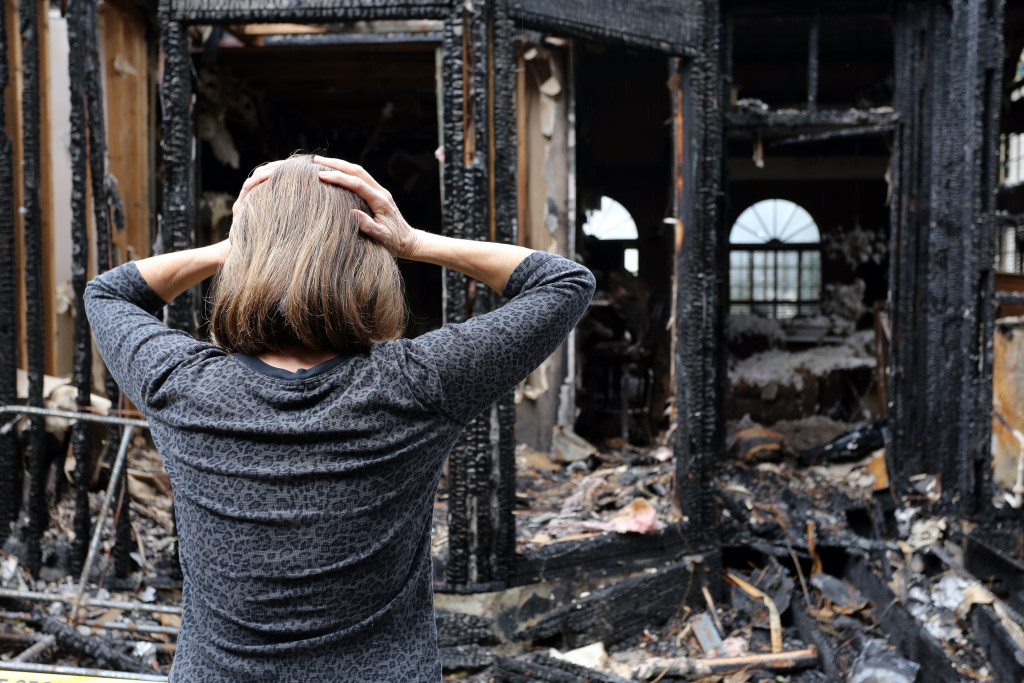In addition to the risks presented by COVID-19, households must also stay alert against dangers within the home. It is even more important to implement preventive measures now that people spend most of their time inside the home. Fire is a common household danger and home fires pose more risks to people than any other type of fire.
Frequency of Home Fires
According to a report of the National Fire Protection Association (NFPA), among the 1.4 million fires in the United States in 2020, 26 percent were in homes. These, however, caused 79 percent of all fire injuries and 74 percent of all fire-related deaths. Almost 20 percent of the fires were in one-family or two-family homes, and these caused 57 percent of all fire injuries and 64 percent of all fire-related deaths. The remaining six percent of fires were in apartments, and these caused 19 percent of all fire injuries and 10 percent of all fire-related deaths. To further highlight the frequency of home fires, the report states that one is called in every 89 seconds. An injury from a home happens every 46 minutes and a death from a home fire happens every three hours and 24 minutes.
The situation worsened in 2021. According to the American Red Cross, from January to March 2021 the number of home fires in the U.S. was 16 percent more than those in the same period in 2020. This means 2,300 more fires that reached a total of 17,000 home fires affecting over 70,000 people.
Emergency Plans
Installing a fire alarm and a fire sprinkler system is a must throughout every home, especially in bedrooms. These must be checked every month.
The American Red Cross warns that you only have two minutes to escape a home fire or risk death. Every household must, therefore, have a fire escape plan to leave any room in the house within two minutes. There must be two ways to leave any room and reach safety. This plan must be practiced at least twice a year and even children must be taught. Any piece of cloth, even your clothes, must be held to cover the nose to prevent smoke inhalation while escaping.
A survey by the American Red Cross shows that 55 percent of respondents believe that they have more time to escape a burning house. About 70 percent of households do not have a fire escape plan.
Home Fires from Cooking
The NFPA cites cooking as the most frequent cause of home fires, mostly due to unattended cooking. It states that when cooking on a stove, you must watch it and never leave the kitchen. If you must leave, turn off the stove. When cooking in an oven, check on it regularly and set a timer as a reminder. Never leave the house with something cooking.
If the oil or grease catches fire, have a lid ready to cover the pan and smother the flame then turn off the stove. Never throw water on an oil or grease fire because this will spread the flames. If you cannot contain the flames, immediately alert everyone in the house and leave. Call 911 once you are safely outside.

Home Fires from Electricals and Appliances
The home’s electrical system must be inspected by a professional electrician to ensure that it corresponds to the current power needs of all electrical equipment. When adding major equipment, have an electrician install dedicated sockets for these. Avoid using extension cords. Immediately turn off the main power supply to the home if you detect a burning smell, see discoloration around outlets, or see sparks. Call an electrician immediately.
The clothes dryer vent accumulates debris and when clogged, can cause a fire. This must be cleaned professionally by a dryer vent cleaning service every three months if heavily used.
The furnace must be cleaned by a professional once a year. A clogged furnace is a fire hazard. When using portable space heaters, turn these off before leaving the room. Do not leave portable space heaters on while you sleep. Also, keep combustible materials like fabric and paper away from heaters.
If you are using a fireplace, put out the fire before you go to bed or leave the house. Watch it for several minutes to ensure that no remaining embers reignite the fire.
Home Fires from Wildfires
Homes near wildfire-prone areas need additional precautions. Create a safe zone of at least five feet all around the house. This must be covered in non-combustible material like concrete, with no combustible materials on it. The roof, walls, doors, windows, deck, and fence must be made of non-flammable materials.
Windowpanes must be made of tempered glass that resists breaking in extreme heat. Cover windows and all openings like chimneys, vents, and eaves with 1/8-inch metal mesh screens to keep out flying embers. Always keep the roof and gutter free of debris.
Wherever your house is located, always keep in mind that the danger of a home fire is always present. Prevention coupled with having emergency plans will keep household members safe.

